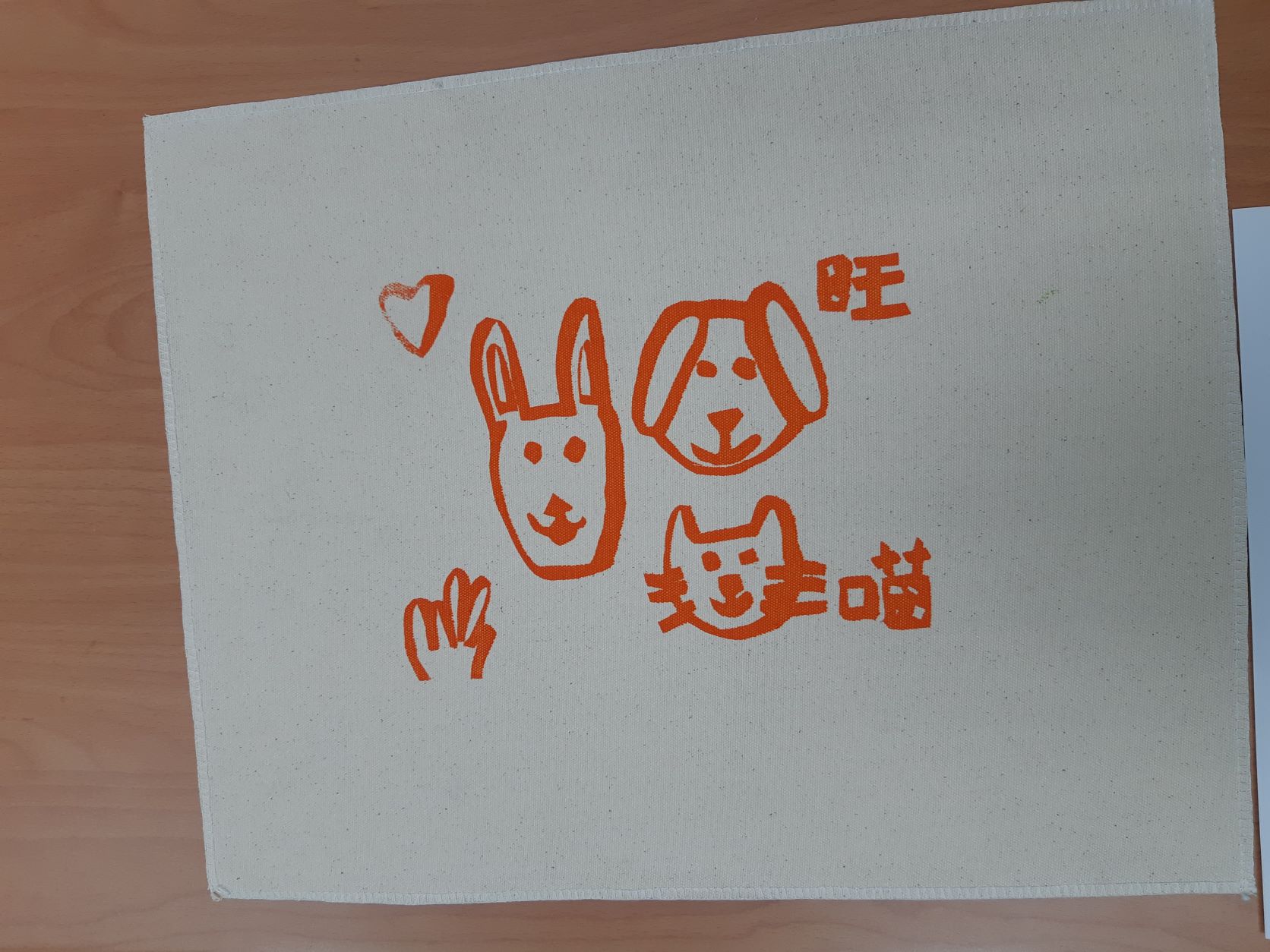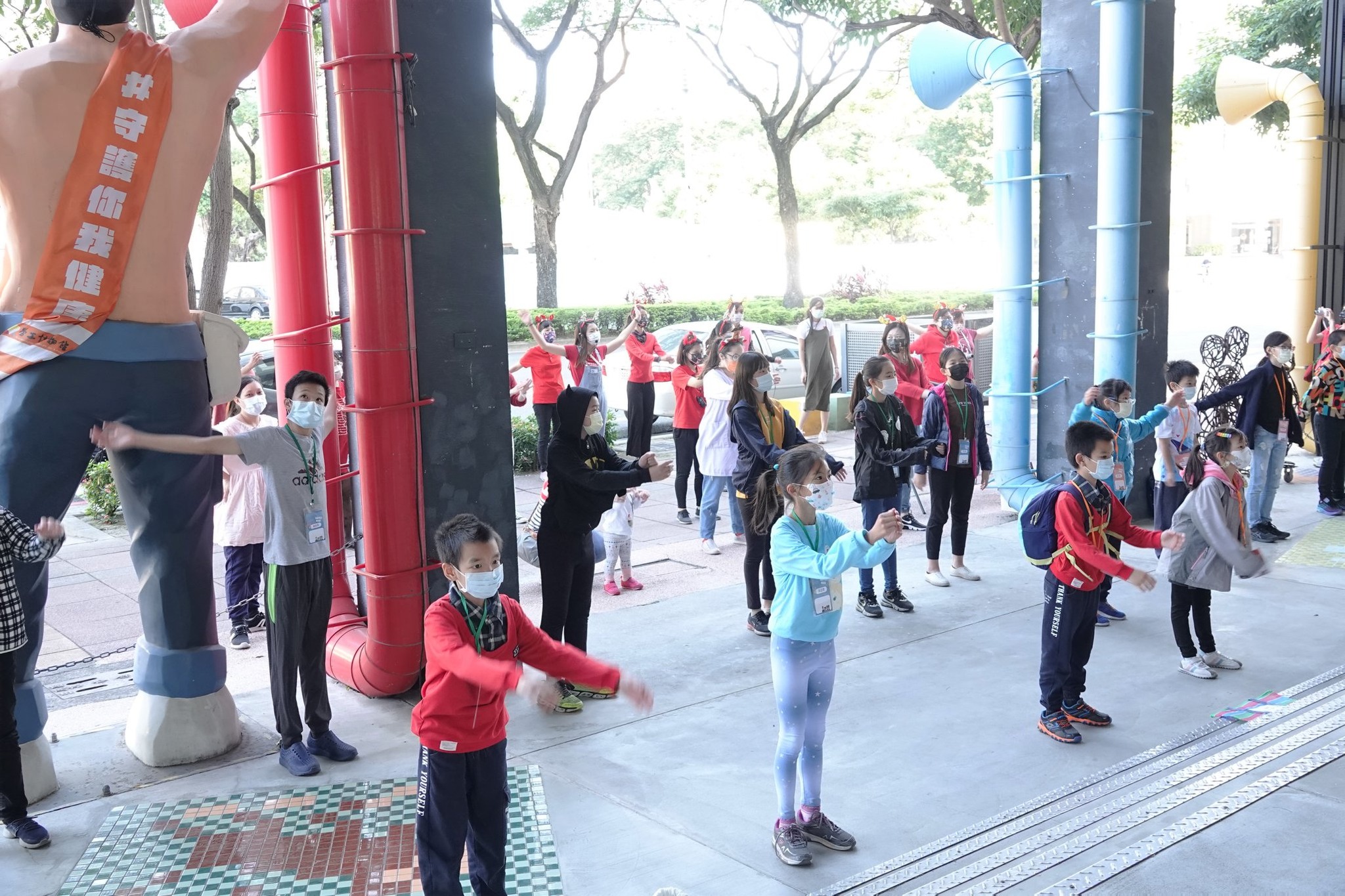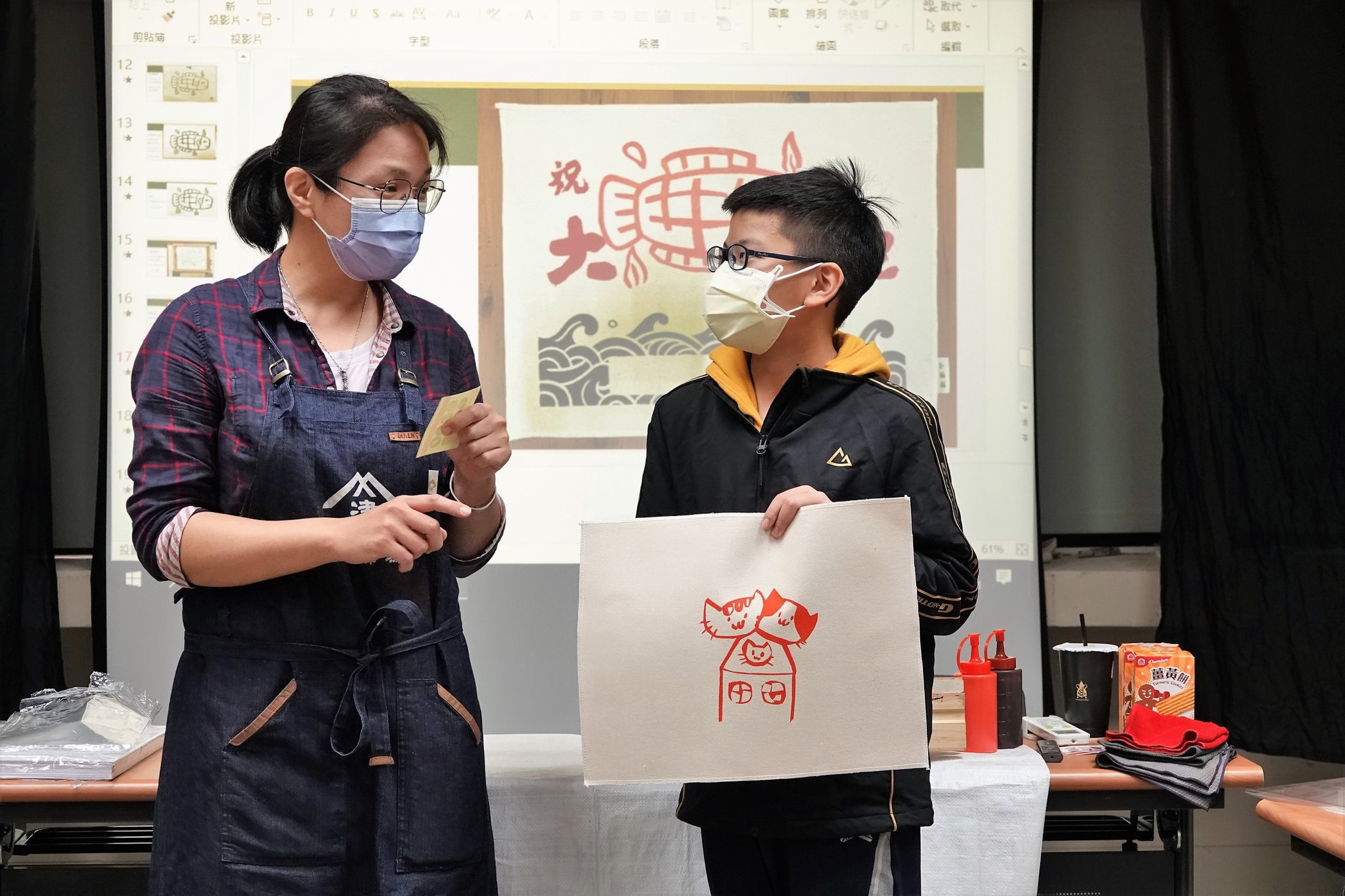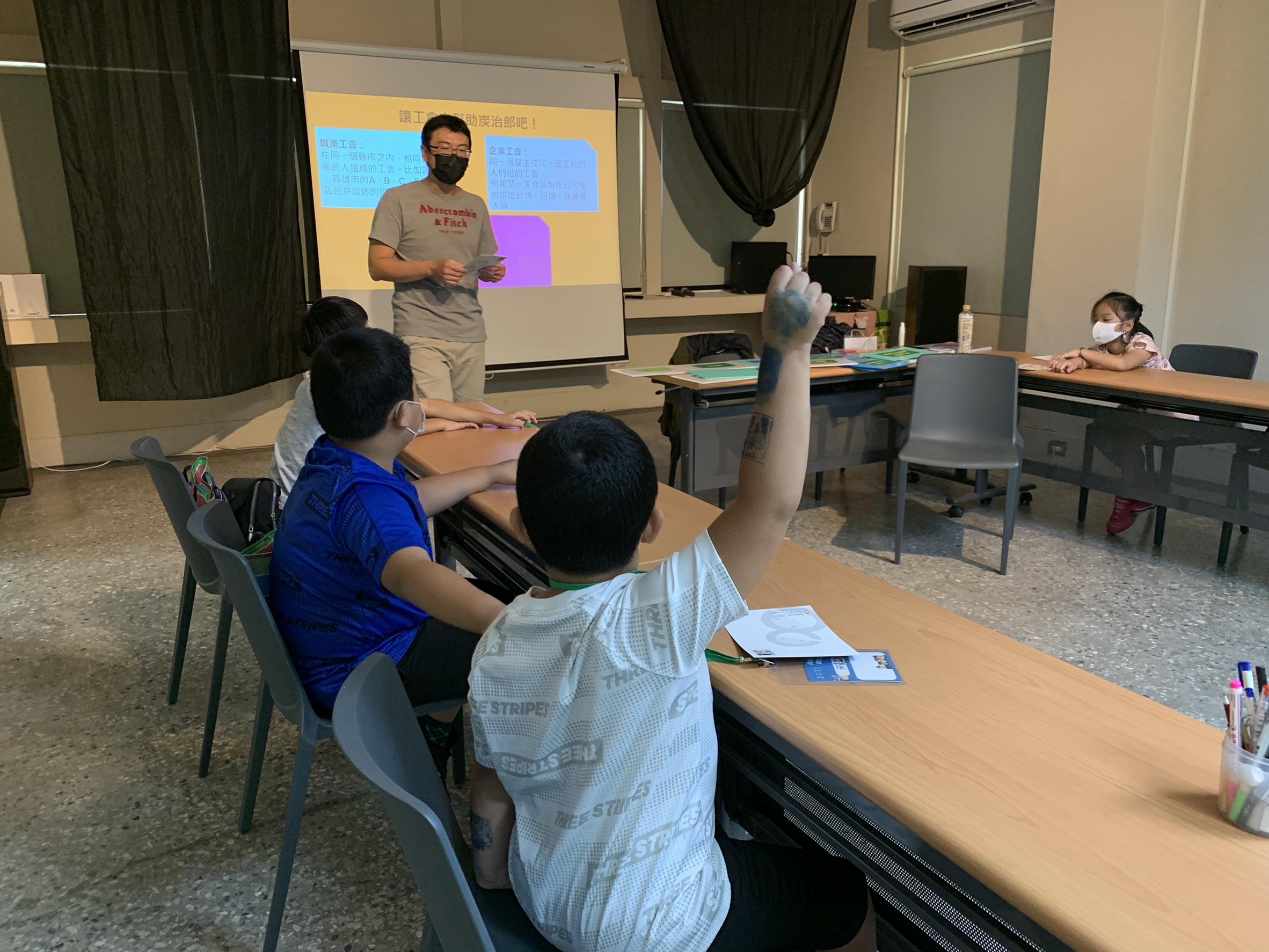If the characters of the most popular manga at the moment, Demon Slayer: Kimetsu no Yaiba – Tanjiro and Zenitsu Agatsuma had to work in Taiwan, what labor norms would they have to adapt to? NSYSU’s USR Project: The City as a Commuseum – Socially Embedded Community Engagement and Kaohsiung Museum of Labor collaborated on the “Let’s work!” camp for children to teach them about labor rights and labor unions. The camp raised labor awareness in children through topics popular among students and a matching game, in which they had to guess union flags and union names.
“We believe that if we introduce labor-related issues through familiar manga characters and stories, we can raise children’s learning interest.” The lecturers of the event – members of NSYSU USR Project: The City as a Commuseum – Ming-Yuan Tsai, Shu-Wen Chang, and Jui-Chun Lin, pointed out that one of the characters of Demon Slayer: Kimetsu no Yaiba, Tanjiro, worked through the night till early morning, which brought up various ideas for discussion. The camp included three items: workers’ stories, Tanjiro’s labor union, and DIY labor union flag workshop. The lecturers, through vintage photos, interesting comic books, and quizzes led the children to learn about different industries and their workers that are closely related to the development of the local community. The participating children first reflected on the meaning of labor and the difference between a laborer and a worker and rethought their own contribution to household chores. Next, the lecturers gave examples of shipbreaking workers and ironworkers for the children to understand the hardships and dangers of labor by introducing clothing and accessories the workers have to wear and their working environment.
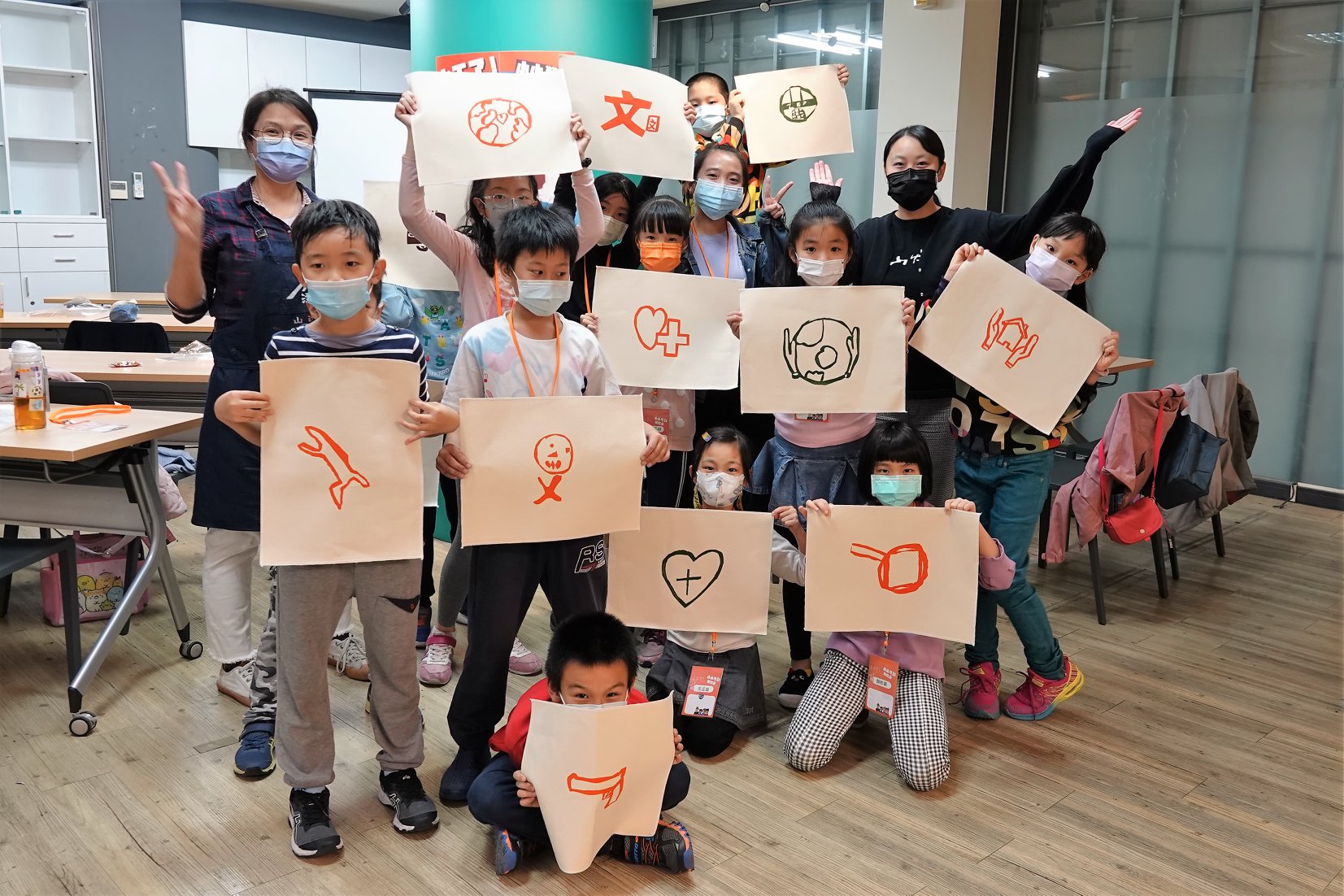
NSYSU’s USR Project: The City as a Commuseum – Socially Embedded Community Engagement and Kaohsiung Museum of Labor collaborated on the “Let’s work!” camp for children. (Photo provided by Kaohsiung Museum of Labor)
Ming-Yuan Tsai, a postdoctoral researcher at NSYSU, said that the project team member I-Chih Li first conducted research on the union flag collection at Kaohsiung Museum of Labor and proposed a research report on the design and development of the Greater Kaohsiung Union Flag, giving a deeper meaning to these symbols of Taiwan’s labor history. To make these research results more relevant to the public, they were translated into a lesson plan for elementary school children. Ming-Yuan Tsai pointed out that terms such as labor, physical labor, union, and union flag were not easy for the children to understand. Therefore, the content of the lesson plan and the design of activities in the teaching field had to be made familiar to the students and use familiar vocabulary to make these seemingly difficult topics interesting and absorbable.
During the union flag DIY activity, each participant listened to the instructor’s explanation of the meaning of the union flag, the criteria of image composition, and the importance of the visual aspect, and then drew, cut, and painted flags. The students were very creative and drew pictures closely related to their life and favorite objects, and were able to provide explanations related to unions, for example, pet unions, robot unions, table tennis unions.
Kaohsiung Museum of Labor, the only labor-themed museum in Taiwan, and NSYSU’s long-standing USR Project: The City as a Commuseum – Socially Embedded Community Engagement will jointly introduce the history and development of local industries and labor patterns through research, knowledge translation, and teaching practice, hoping to sprout labor awareness in the new generation of students.

